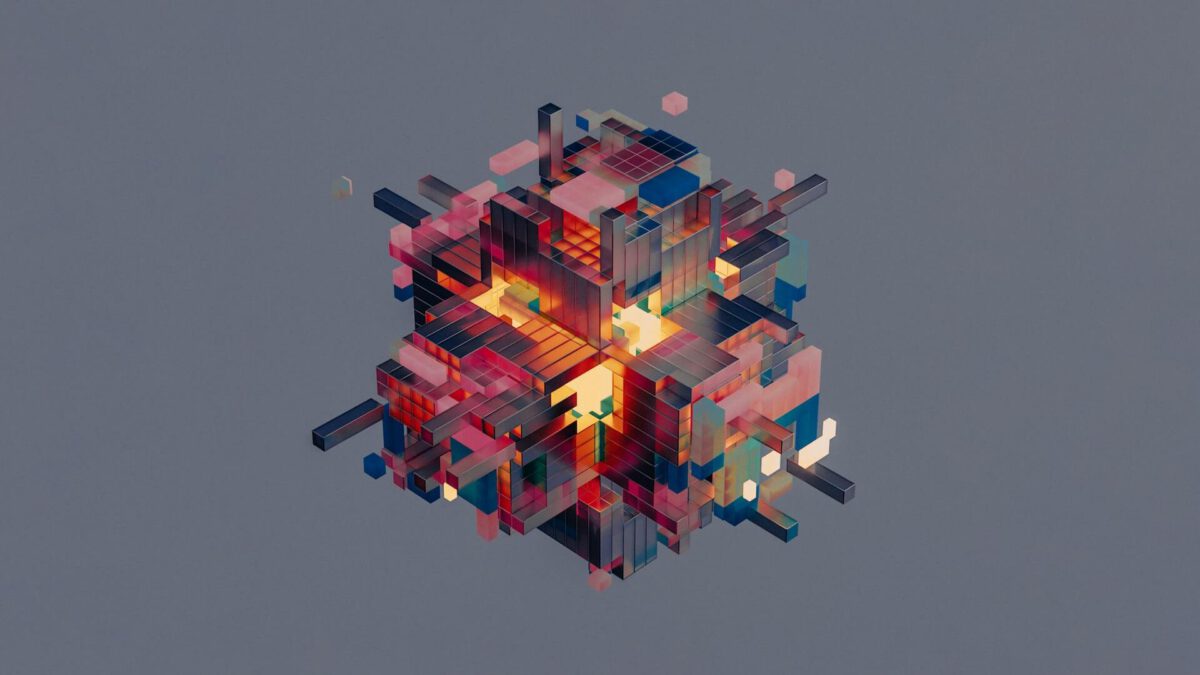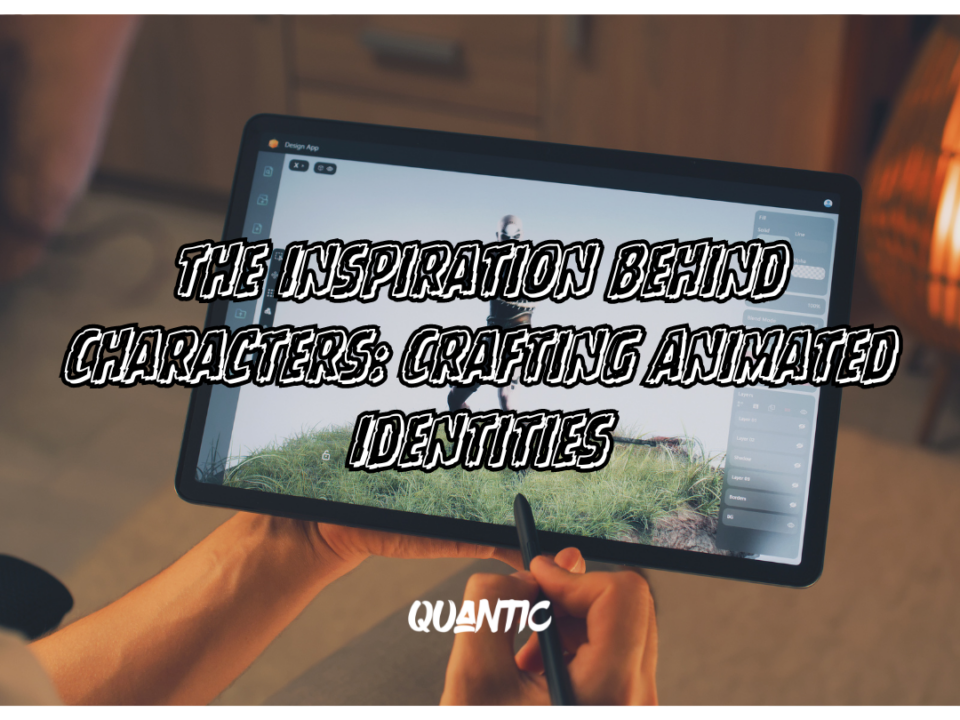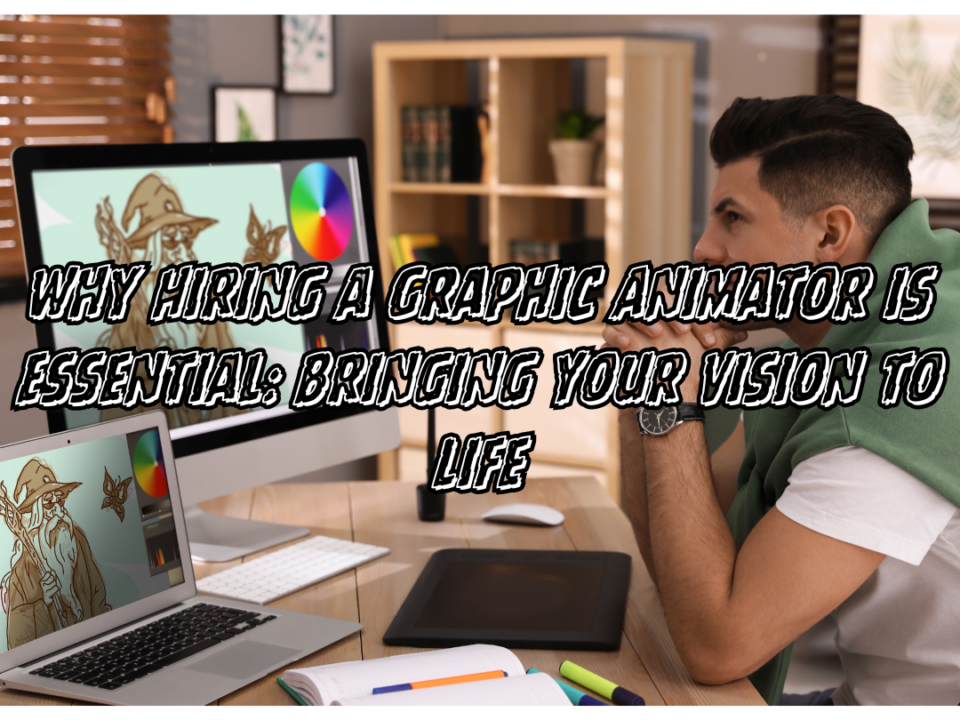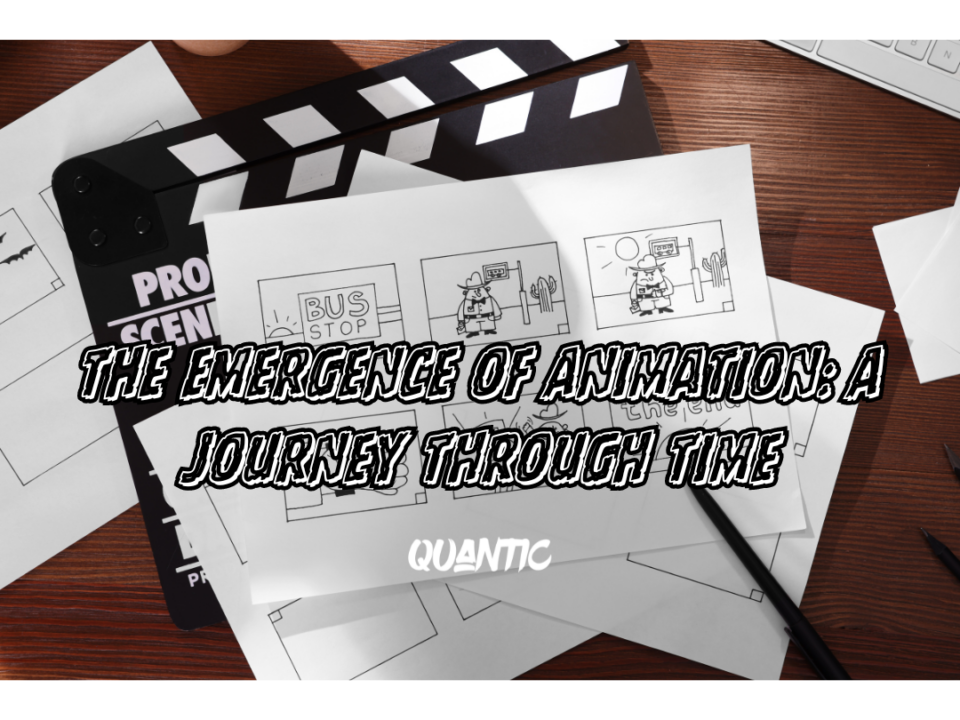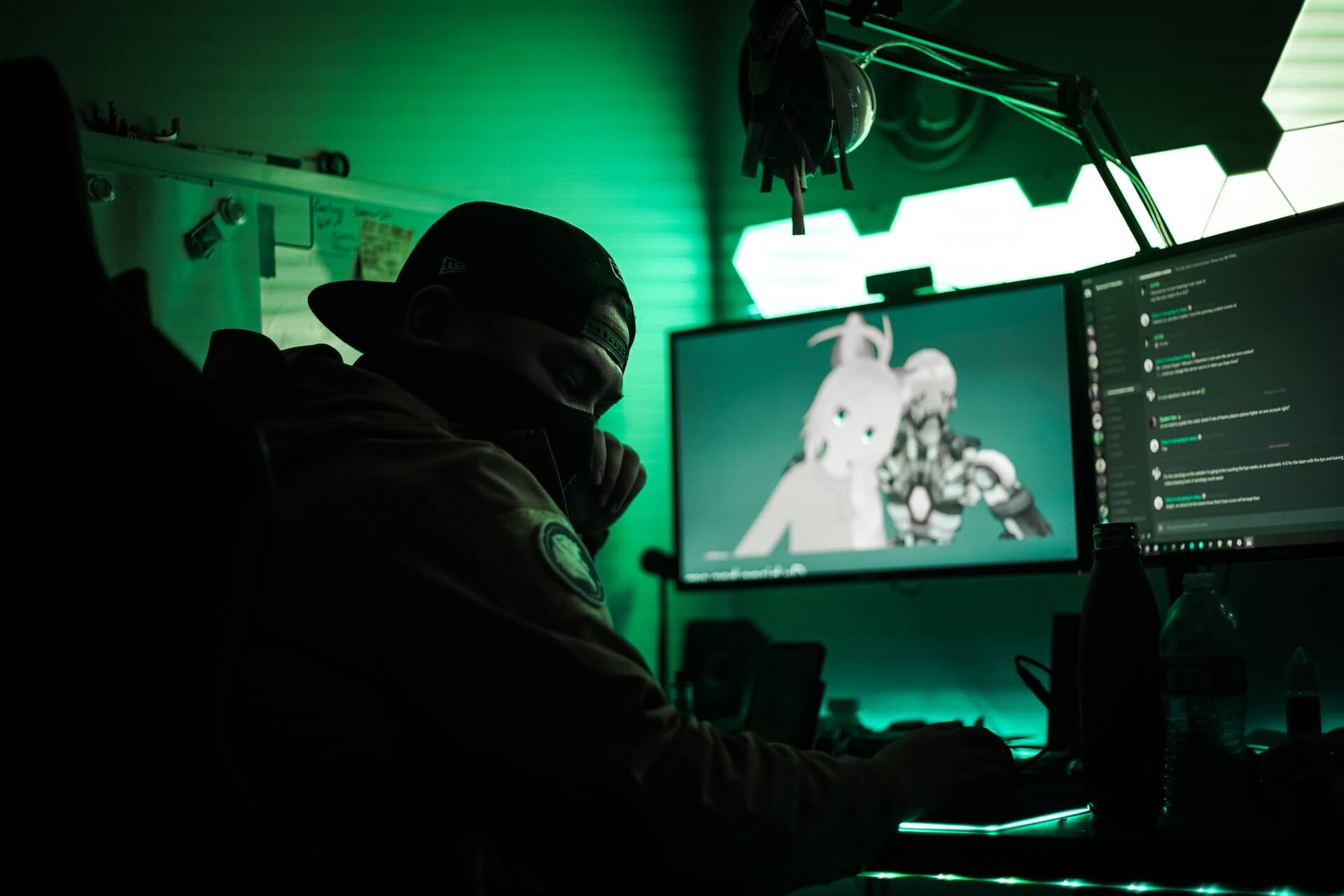
¿Qué es un huevo de Pascua y por qué se esconden?
enero 19, 2023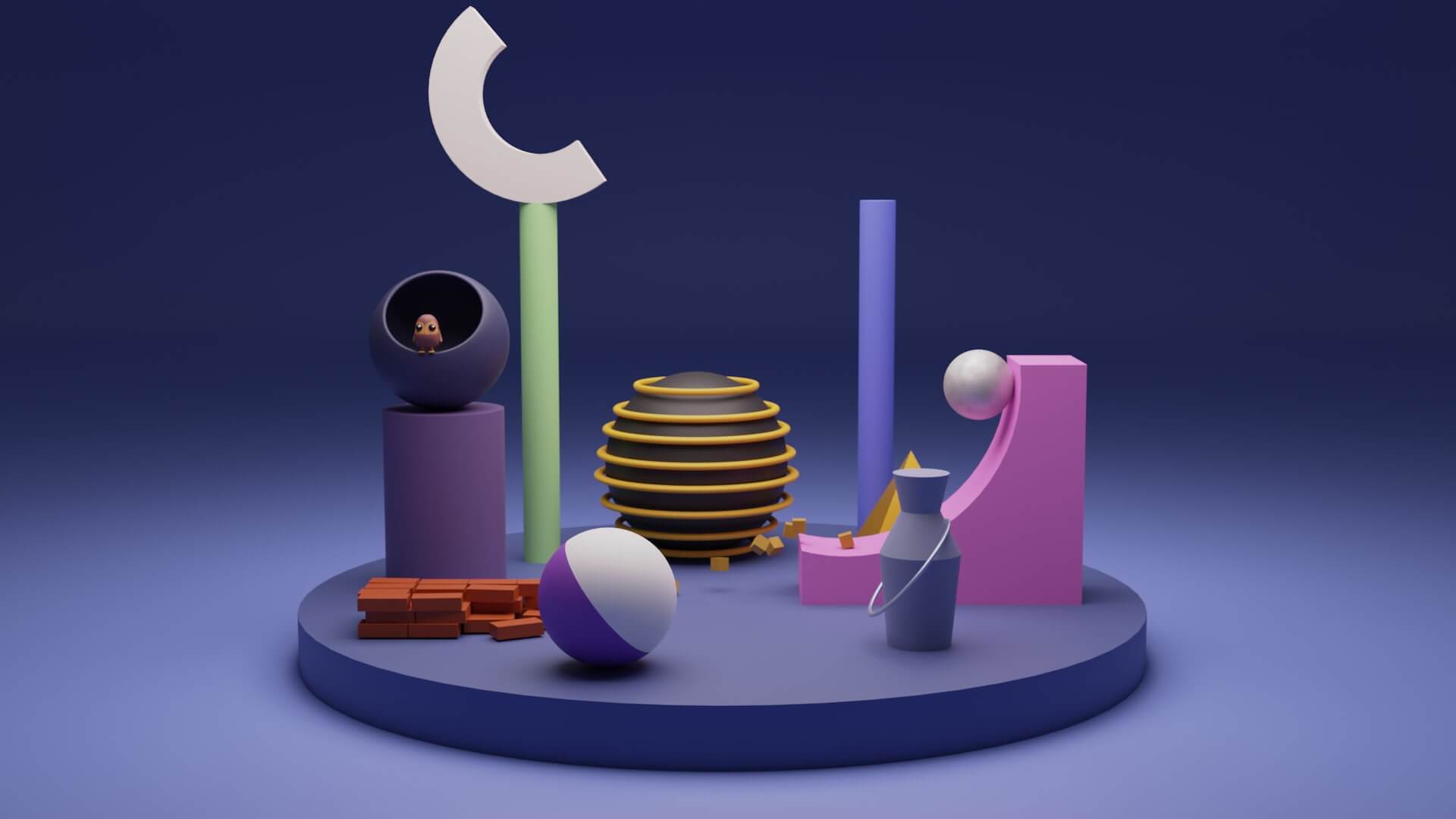
¿Cómo animar un logotipo?
marzo 15, 2023The term “rendering” refers to the process of creating a final image from a 3D model in animation or modeling software. The idea behind rendering is to simulate how a 3D object would appear in the real world.
The rendering process is essential in 3D animation and production of movies, games and virtual reality products. The goal is to create high-quality, realistic images that are good enough to be used in final productions.
Rendering can be a very demanding process in terms of hardware resources. Rendering software uses the processing power of a computer to calculate lighting, texture and visual effects in real time. The amount of time it takes to render an image depends on many factors, such as the complexity of the model, the quality of the desired image, and the processing power of the computer.
Types of rendering
There are different types of rendering, including real-time rendering, software rendering and cloud rendering among others:
Real-time rendering.
Used in games and virtual reality applications, where it is important that the image is displayed smoothly and in real time. When a character moves on the user’s initiative we say that the render is in real time. The images used are calculated at such a high speed that the conversion from 3D models to 2D images happens in real time.
Software rendering
It is used in animation and film production, where a high quality image is required.
Cloud rendering
Allows users to access remote rendering resources online, which means they don’t have to worry about the processing power of their own computer. Rendering in the cloud is generally faster.
Rendering techniques
There are two fundamental rendering techniques:
Rasterization
A mesh of virtual triangles is used to create three-dimensional models of various desired objects. Each triangle is transformed into a pixel and each pixel has a color value.
Ray Tracing
This technique is used in simulating shadows and lights involved in the illumination of objects. The path of a traced light passes through each pixel on a two-dimensional surface, turning it into a 3D model.
The rendering process also includes the creation of materials and textures for the objects in the 3D model. These materials and textures are applied to the surface of the objects to give them appearance and texture. Lighting is another important aspect of rendering, as it allows for the creation of realistic shadows and lighting effects in the final image.
In summary, rendering is a crucial process in animation and digital content production. Through rendering, artists can create realistic, high-quality images that are used in final productions. With advances in technology, the rendering process has become more accessible and affordable, which means there are more opportunities for artists and digital content producers to create stunning and visually appealing productions.
If this topic has been too complicated for you, if you have more doubts about rendering and its different techniques or even if you want to learn what is rendering in a more professional way, do not hesitate to contact us.

